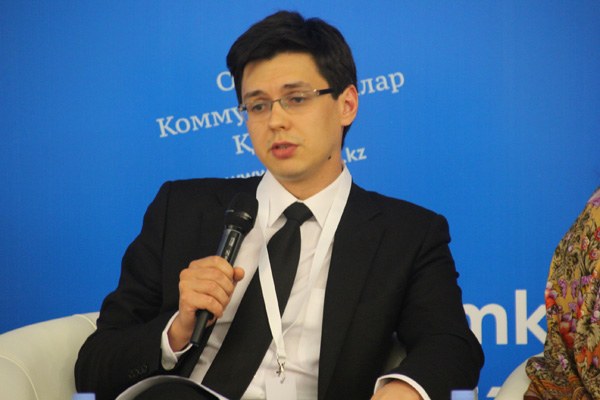U.S. President Barack Obama will visit Estonia on September 3, 2014. The visit will mark one of the key stages in the preparation of the NATO Summit in Wales (which will take place on September 4–5) and partial redesign of the European security architecture. Baltic elites will expect the American President to confirm his resolve to put NATO bases on their territories, while Obama seeks confirmation of commitment from his most loyal allies in Europe, who have been upholding Washington policies in the European Union for many years.
U.S. President Barack Obama will visit Estonia on September 3, 2014. The visit will mark one of the key stages in the preparation of the NATO Summit in Wales (which will take place on September 4–5) and partial redesign of the European security architecture.
After the collapse of the USSR in 1991, NATO experienced a goal-setting crisis. Instead of communism, NATO’s enemies were now global terrorism and ‘antidemocratic regimes’. However, the Ukrainian crisis brought the Alliance back into the old East vs. West paradigm, with Russia now posing the greatest threat, as opposed to the Soviet Union. This is why, in 2014, NATO has already announced plans to enhance its military presence in Eastern Europe multiple times. A logical conclusion of this trend would be to place the Alliance’s bases at the very borders of Russia. Given that, even in the current geopolitical conditions, Finland declined NATO membership, the only available option for the Alliance is the Baltic countries, whose elites have been talking about ‘the Russian threat’ ever since the collapse of the Soviet Union and would be happy to finally receive this kind of attention. It is plain to see why Barack Obama has chosen Estonia of all the Baltic states – it’s the only Baltic republic (and one of the three EU states) allocating 2 per cent of its GDP to military expenditures, as required by the NATO Charter.
In the face of the Ukrainian crisis, the idea of putting NATO military bases in a Baltic state has been well received by the political experts of these countries, turning into an idée fixe. For instance, Head of the Estonian Parliament’s Foreign Affairs Committee Riigikogu Marko Mikhelson has stated openly that NATO states should view Russia as a real threat, ensuring continuous military presence on the territory of Baltic states and Poland.
However, such enthusiasm about NATO bases is not shared in the major capitals of the European Union. Thus, German Chancellor Angela Merkel’s visit to Latvia on August 19, 2014, was a turning point the debate around the potential of placing NATO’s military bases in Eastern Europe. While in Riga, Merkel, on behalf of Germany, practically called upon her Baltic colleagues to give up this risky idea: “At this point, long-term military presence is not on the agenda, but our cooperation can be promoted in other directions. We can guarantee Latvia our help in case of a crisis.” One of the European Union’s leading countries has thus offered an alternative to the Baltic NATO bases scenario, but, judging by statements made by local politicians after the Chancellor’s departure, Berlin’s offer caused nothing but disappointment in the region.
In view of the aforesaid, Obama’s visit to Estonia is of great importance for both parties. Baltic elites will expect the American President to confirm his resolve to put NATO bases on their territories, while Obama seeks confirmation of commitment from his most loyal allies in Europe, who have been upholding Washington policies in the European Union for many years, sometimes even at the expense of their national interests and contrary to Western European reservations. This time, the proven scheme must work again. According to the Estonian media, Tallinn is planning to put forward a number of proposals at the Wales Summit, including formalizing the requirement of a permanent military presence in Eastern European countries in NATO documents; the actual placement of permanent military forces, heavy armaments and elements of staff command of NATO allies in the Baltic states; and calling upon all NATO members to increase their military expenditures to 2 per cent of their GDP.
By ‘touching base’ with his Estonian allies, Obama will prepare ground for promoting his interests among EU countries at the NATO Summit on September 4–5. The most likely outcome of this will be the placing of the Alliance’s military bases at Russian borders in Eastern Europe. However, these developments will come with a side effect: the Baltic republics’ orientation towards Washington policies to the prejudice of Brussels will deepen the existing serious political cracks in the concept of European integration.



.jpg)


